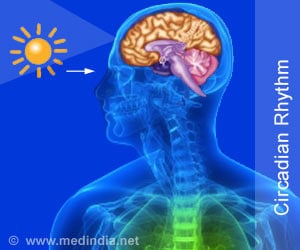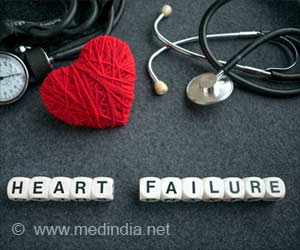Unrecognized heart attacks that are missed in standard medical tests can be picked up by electrocardiogram (ECG) and cardiovascular magnetic resonance (CMR) imaging.

‘Sixty-three percent of heart attacks that are identified by CMR are missed in standard medical tests.’





"Unrecognized MI has a poor short-term prognosis but until now the long-term outlook was unknown," said lead author Dr Tushar Acharya, a cardiologist at the National Heart, Lung, and Blood Institute, National Institutes of Health, Bethesda, US. "This study investigated long-term outcomes." The study included 935 community dwelling participants of ICELAND MI, a substudy of the AGES-Reykjavik epidemiology study. At the start of the study, participants underwent an ECG and CMR and were categorized into one of three groups: unrecognized MI (sub-clinical events, missed on routine medical care, but picked up by CMR), recognized MI (clinical events, also picked up by CMR), and no MI (verified by CMR).
The average age of participants was 76 years and 52% were females. At the start of the study, 91 participants (10%) had recognized MI, 156 (17%) had unrecognized MI, and 688 (74%) had no MI.
"That means 63% (156 out of 247) of the myocardial infarctions identified by CMR were missed in routine medical care," said Dr Acharya. "Unrecognized MI may be more common than recognized MI."
At ten years, mortality rates were similar in patients with unrecognized and recognized MI (49% and 51%, respectively) and significantly higher than in those with no MI (30%) (p<0.001). This compares to rates at five years, where the mortality rate of patients with unrecognized MI (13%) was higher than in those with no MI (8%) but was lower than in those with recognized MI (19%).
Advertisement
Dr Acharya said: "Patients with unrecognized MI do not receive medications commonly prescribed to heart attack patients to reduce the risks of death or another heart attack. These include aspirin, high intensity statins, angiotensin converting enzyme (ACE) inhibitors and beta blockers. They should also be advised to control risk factors such as hypertension and diabetes, and may be candidates for revascularization to open blocked arteries."
Advertisement
While population screening to identify MI using CMR is not likely to be cost-effective or practical, Dr Acharya said shifting a proportion of cardiac evaluation from traditional tests to CMR could diagnose more unrecognized MI.
He said: "Using CMR in patients with cardiac symptoms would likely detect many more heart attacks than traditional diagnostic tests. There are good therapies to treat survivors of MI so finding them early should improve prognosis."
Source-Eurekalert













